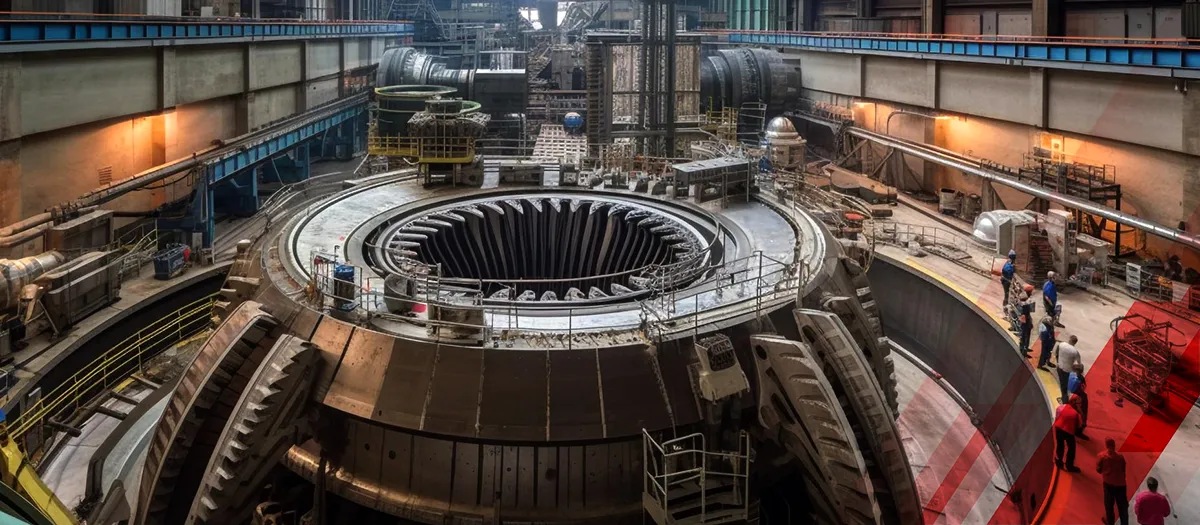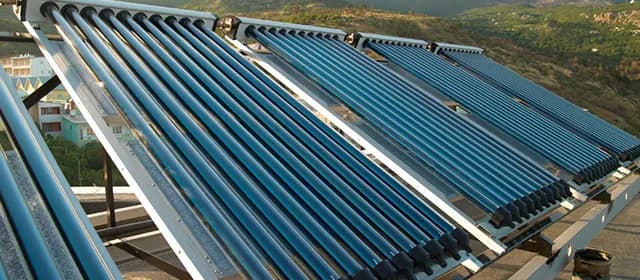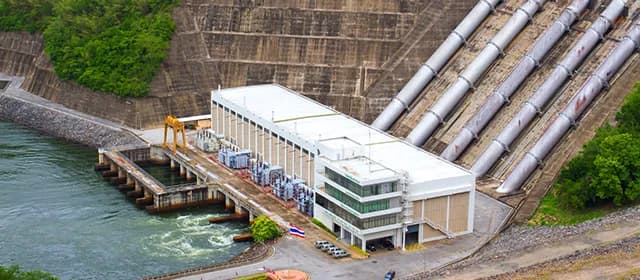Electricity has become an integral part of our daily lives, from charging phones and laptops to illuminating our homes and workplaces. It is an indispensable element that powers numerous aspects of modern living. While there are various methods to generate electricity, gas turbines are reshaping the landscape of electricity generation with their exceptional efficiency and reliability.
Let's delve deeper into how these remarkable turbines produce electricity and revolutionize various industries.
What is a Gas Turbine?
A gas turbine, or combustion turbine, is an internal combustion engine that uses pressurized gas to spin and generate electricity or propel an airplane or jet through kinetic energy. The main part that is common to all combustion turbine engines is the power-producing component. These parts include a rotating gas compressor, a combustor, and a compressor-driving turbine. Additional components must be integrated into the gas generator to suit its application, with different configurations tailored to meet the needs of marine, land, or airborne operations, varying from stationary to supersonic.
Combustion turbine engines have captured a significant portion of the industrial prime mover market, with increasing acceptance and usage in various industrial applications. As per Kings Research's report, the global gas turbine market is expected to register revenue of $22.87 billion by 2030.
Understanding the Key Components of Gas Turbines
A combustion turbine consists of various components that work together to convert the energy from a high-temperature and high-pressure gas stream into mechanical energy. Let's understand each component briefly:
- Compressor: The compressor is the main component of the combustion turbine. It compresses the incoming air, which boosts its pressure and temperature, before it reaches the combustion chamber.
- Combustor: The combustor is where the compressed air is mixed with fuel and ignited at very high temperatures. This process generates high-temperature, high-pressure gas streams that will be used to spin the turbine blades.
- Turbine: The turbine is the part where the high-temperature, high-pressure gas streams expand and then spin the turbine blades. This spinning motion is used to power the generator, which produces electrical energy.
How Does a Gas Turbine Produce Electricity?
The combustion turbine generates electricity by heating a mixture of air and fuel at extremely high temperatures, resulting in the spinning of the turbine blades. This spinning turbine propels a generator that converts the energy into electricity. The turbine can be used in combination with a steam turbine in a combined-cycle power plant, maximizing power generation efficiency.
The procedure begins with compressing air using a compressor. Subsequently, this is mixed with fuel and ignited at extremely high temperatures in the compressor. Lastly, in turbines, the resulting hot gas is used to spin turbine blades, which in turn powers the generator.
Exploring the Main Benefits of Gas Turbines
Combustion turbines offer several significant benefits, as follows:
- These turbines have higher efficiency and durability, making them a reliable choice for power generation.
- They provide consistent and long-lasting performance, which contributes to their widespread use in diverse industries.
- Gas turbine power plants are economically attractive due to their quick starting capability and the ability to use a wide variety of fuels, from natural gas to residual oil or powdered coal.
- Mobile gas turbines can reach full power in less than 10 minutes, minimizing downtime and making them suitable for applications requiring rapid power deployment.
- These turbines are power-dense units, making them effective in initiating and sustaining large motors.
- These turbine generators require less space and have a high capacity of work produced for a given amount of air, making them efficient in terms of space utilization and power output.
Unveiling the Applications of Gas Turbine in Major Industries
Combustion turbines find applications across various industries, including power generation, transportation, and industrial processes. Below are some key applications:
- Power Generation
Combustion turbine generators are widely used for power generation in combined-cycle power plants. These plants achieve high thermal efficiency, exceeding 60%, making them an efficient and reliable source of electricity.
Various companies, like Siemens Energy, offer heavy-duty turbines to meet business challenges in the dynamic energy market environment. These combined cycle gas turbines are robust and equipped with flexible engines, ideal for large power plants and cogeneration applications, and have extensive validation and testing capabilities.
- Industrial Uses
Industrial gas turbine engines, ranging from 1,000 to 50,000 horsepower, are utilized for various applications. These include driving compressors for pumping natural gas through pipelines, automation in oil refining processes, and providing electric power for offshore installations and remote oil and gas fields.
- Marine Propulsion
Combustion turbines are used for marine propulsion due to their lightweight and compact nature. They have been successfully tested and selected to power various naval vessels, offering advantages over steam and diesel-driven plants.
One of the best examples is Rolls-Royce's MT30 Marine Gas Turbine, which is a compact, efficient, and reliable marine gas turbine technology. The MT30 is being developed for the Mogami-class program of the Japan Maritime Self-Defense Force (JMSDF). The MT30 is the world's most power-dense gas marine turbine in service.
- Stationary Applications
Combustion turbines are increasingly used in stationary applications, encompassing a wide variety of configurations and purposes, and this field is still expanding. It is also used as an application in electric pipeline pumping, generation, and many other process applications.
- Aircraft Propulsion
Combustion turbines are used to propel aircraft, providing the necessary kinetic energy for flight. Combustion turbine engines are extensively used in aviation due to their efficiency and reliability. They are employed in various types of aircraft, each with unique mission requirements, such as airliners, military aircraft, and private jets.
Several companies, such as General Electric, Pratt & Whitney, and Safran, produce advanced gas turbine engines known for their performance, fuel efficiency, and reliability, making them integral to the aviation industry.
To Wrap Up
Gas turbines established themselves as indispensable components in various industries, including power generation, aviation, and marine propulsion. Their exceptional efficiency, reliability, and versatility make them instrumental in meeting the ever-growing global energy demands.
With continuous advancements in technology and a focus on sustainability, combustion turbines continue to play a pivotal role in shaping the future of energy production and marine life. As we look ahead, the ongoing innovation and application of combustion turbines are set to drive progress, efficiency, and sustainability across diverse industrial sectors.




